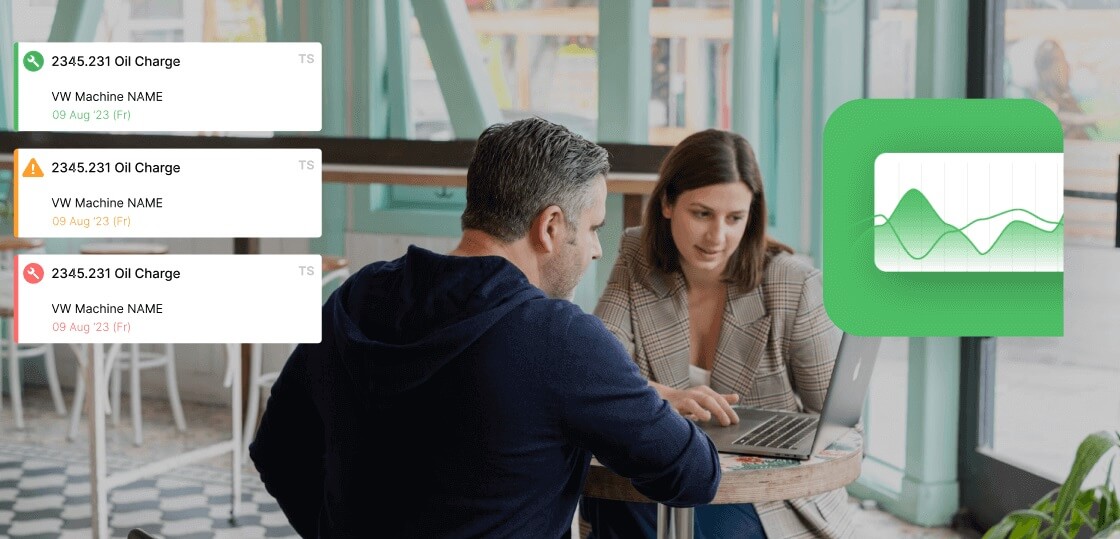There is a dirty secret in the industrial software industry.
Analysts estimate that between 60% and 80% of CMMS implementations fail.
They don't fail because the server crashed. They don't fail because the software couldn't calculate MTBF.
They fail because six months after the contract was signed, nobody is using it.
The Plant Manager ("Paula") logs in to see the latest reliability report, and the dashboard is empty.
The Maintenance Manager ("Mike") is back to using WhatsApp and whiteboards because "it's just faster."
The expensive software becomes "Shelfware"—a monthly line item that provides zero value.
If you are about to sign a contract, you need to know why this happens so you can prevent it. Here are the three "Failure Modes" of a CMMS rollout, and how Fabrico is engineered to prevent them.
Failure Mode 1: The "Pocket Veto" (User Experience)
This is the most common killer.
You buy a powerful enterprise system (like SAP PM or Maximo). It has every feature imaginable.
But the interface was designed in 1998. To close a work order, a technician has to click through 12 screens, type in codes they don't memorize, and sync manually.
The Result: The technicians exercise a "Pocket Veto." They fix the machine, but they keep their phone in their pocket. They don't log the work.
The Fabrico Fix:
We treat the Technician as the primary customer, not the CFO.
-
Zero Training UI: If they can use Instagram, they can use Fabrico.
-
Scan-to-Open: They scan a QR code, tap "Start," take a photo, and tap "Close."
-
Adoption Guarantee: Because the app actually makes their job easier (by providing digital manuals and history), they willingly use it. Data flows in.
Failure Mode 2: The "Data Void" (Lack of Integration)
Legacy CMMS tools are passive databases. They sit there and wait for a human to tell them something broke.
If humans get busy (and they always do), they forget to tell the system.
The result is a "Data Void." You know the line went down yesterday, but the CMMS says everything was running perfectly. When the data doesn't match reality, management stops trusting the system.
The Fabrico Fix:
We don't rely solely on humans. We rely on the machines.
-
OEE Integration: Fabrico connects to your PLCs. When the machine stops, the software knows.
-
Forced Reconciliation: If the OEE module logs a stop, the CMMS module demands a reason code. The data gap is closed automatically.
-
Trustworthy Reports: When Paula pulls a report, it matches the production reality. Trust is maintained.
Failure Mode 3: The "Big Bang" Rollout
Many companies try to launch the new software across 5 sites and 500 assets on Day 1.
This is a recipe for disaster. It overwhelms the maintenance team, floods the system with bad data, and creates immediate resistance.
The Fabrico Fix:
We advocate for the "Land and Expand" strategy.
-
Phase 1: One production line. Two champions. Clean data.
-
Phase 2: Prove the win (Time savings, caught failures).
-
Phase 3: Roll out to the rest of the plant using the first team as coaches.
Because Fabrico is cloud-based and agile, you can scale up users instantly without needing a massive IT project to support the expansion.
Failure Mode 4: "Garbage In, Garbage Out"
You migrate your old data without cleaning it. You import 5,000 spare parts that you haven't used in a decade. You import asset names that don't match your floor plans.
Technicians get frustrated because they can't find the right "Motor" in a list of 50 duplicate entries. They stop searching and just select "General Asset."
The Fabrico Fix:
Our implementation process includes a Data Hygiene phase. We help you structure your Asset Tree and Failure Codes using RCM principles before you go live. We ensure the dropdown menus are relevant to the specific machine, keeping the list short and accurate.
Summary: De-Risk Your Investment
Buying a CMMS is an investment in reliability. Don't let it become an expense in frustration.
To avoid being part of the 70% failure statistic, you don't need more features. You need Usability and Connectivity.
Choose the safe bet.
[Book a Demo with Fabrico] to see a platform that technicians actually want to use.







